Parsing | Why does the coffee we drink taste bitter?
There are two main reasons for the bitterness of coffee:
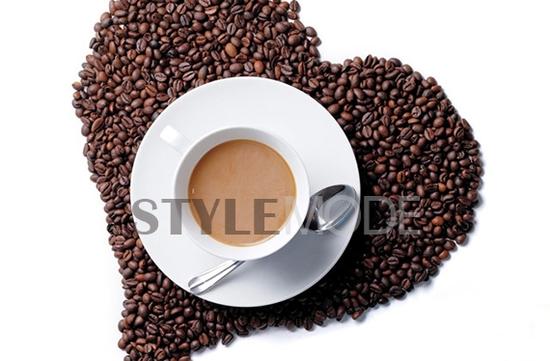
Roasting of coffee beans and brewing of coffee.
To the surprise of many people, coffee beans themselves are not bitter, here coffee beans refer to raw coffee beans. The bitterness of coffee beans is caused by the process of turning raw beans into ripe beans, that is, the roasting of coffee beans. Raw coffee beans contain a component called chlorogenic acid, which is produced by plants in response to environmental changes and is found in many plants. The bitter stool of coffee is related to chlorogenic acid. Chlorogenic acid is composed of quinic acid and caffeic acid.
During baking, chlorogenic acid is decomposed into quinic acid and caffeic acid, and coffee beans will experience bitterness (from quinic acid) and astringency (from caffeic acid). At this time, if continuous baking, quinic acid into quinic acid lactone (taste bitter), caffeic acid into vinyl catechol vinyl catechol is not only bitter, but also astringent.
There is another reaction of chlorogenic acid in the baking process to form chlorogenic acid lactones. Chlorogenic acid lipids are bitter and sweet, and there will be layers of bitterness to sweetness when tasting. Therefore, some people call chlorogenic acid lactone a pleasant bitter taste, while vinyl catechol is a bad bitter taste. The bitter taste of coffee beans produced by roasting, according to the characteristics of raw beans, grasp the firepower and time of roasting. Generally speaking, the longer and deeper the baking time, the more bitter the beans.
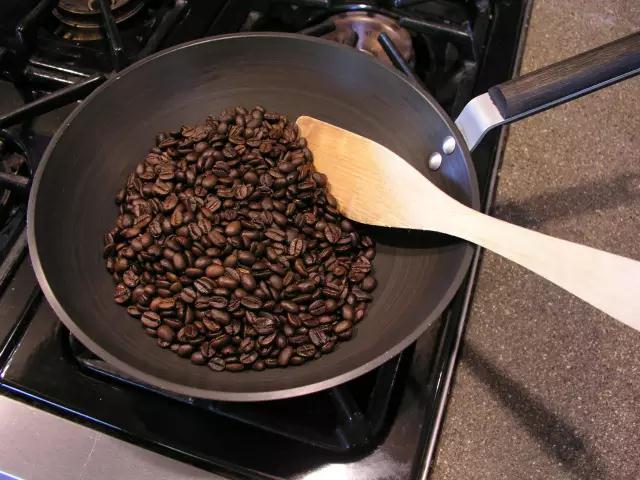
Coffee
The preference for the roasting degree of coffee beans in each country often varies from region to region. It is said that the baking degree in Italy is getting deeper and deeper from north to south, and Rome in the south prefers the bitterness of baking to Milan in the north, while the roasting of coffee in the United States is getting lighter and lighter from west to east, and the coffee on the west coast is darker than that on the east coast.
In addition to the roasting of coffee beans, the water temperature, time, grinding degree of coffee powder and the ratio of powder to water will also affect the bitterness of coffee.
The brewing of coffee is actually the process of coffee extraction.
Thousands of soluble substances in coffee powder are dissolved in water, which involves the dissolution rate of coffee powder.
There are three main factors affecting coffee extraction:
Water temperature, coffee powder grinding degree, time.
When the water temperature is higher, the faster the extraction, the higher the dissolving rate of coffee powder.
The finer the coffee powder and the larger the contact surface with water, the higher the solubility.
The longer the extraction time is, the higher the solubility is.
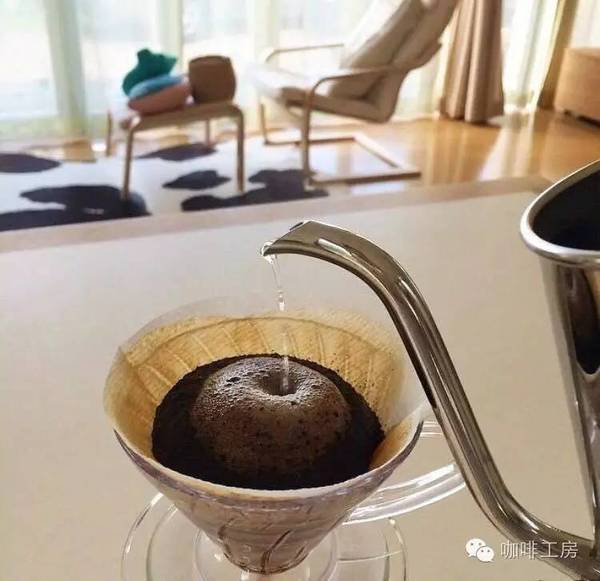
In addition to the above factors, the cooking method will also have an effect on the extraction. For example, the use of Italian coffee machine, the higher the pressure, the faster the extraction, the higher the dissolution rate; when using hand flushing, the flow speed will also affect the extraction rate.
The higher the dissolution rate, the more substances extracted from the coffee powder, the more miscellaneous flavors in the coffee, and usually the thicker and bitter taste.
Generally speaking, the first half of coffee extraction is aromatic substances, coffee oils and so on, while the substances extracted in the second half taste astringent.
So it is not that the higher the dissolution rate, the more complete the extraction, the better the coffee. How to effectively extract the front segment of coffee and reduce the impact of the aftertaste on coffee is the task of many baristas.
Important Notice :
前街咖啡 FrontStreet Coffee has moved to new addredd:
FrontStreet Coffee Address: 315,Donghua East Road,GuangZhou
Tel:020 38364473
- Prev
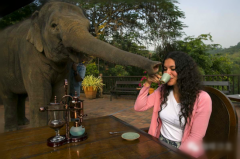
Bizarre | how is the expensive shit coffee produced?
Coffee is a world-famous drink, like most Chinese people can not do without tea, it can be said that people of all classes in the West can not do without coffee. In addition to ordinary coffee, in recent years, many strange and expensive varieties of coffee have become popular in the world, such as Kopi Luwak, and in Chiang Rai, Thailand, making shit-like coffee is the main means for local people to make a living. In the picture, an elephant is defecating
- Next
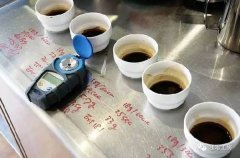
The advance of coffee beginners: 3 steps to teach you how to taste a single cup of coffee?
Taste senses are actually a mixed sensory experience that combines many aspects of the body, such as taste, smell, touch, vision (studies have shown that vision can cause taste bias), and hearing (your taste senses are easily influenced subjectively by others). Although there are many authoritative criteria for measuring the quality of coffee, in order to let beginners understand coffee more quickly, we are here
Related
- Beginners will see the "Coffee pull flower" guide!
- What is the difference between ice blog purified milk and ordinary milk coffee?
- Why is the Philippines the largest producer of crops in Liberia?
- For coffee extraction, should the fine powder be retained?
- How does extracted espresso fill pressed powder? How much strength does it take to press the powder?
- How to make jasmine cold extract coffee? Is the jasmine + latte good?
- Will this little toy really make the coffee taste better? How does Lily Drip affect coffee extraction?
- Will the action of slapping the filter cup also affect coffee extraction?
- What's the difference between powder-to-water ratio and powder-to-liquid ratio?
- What is the Ethiopian local species? What does it have to do with Heirloom native species?

